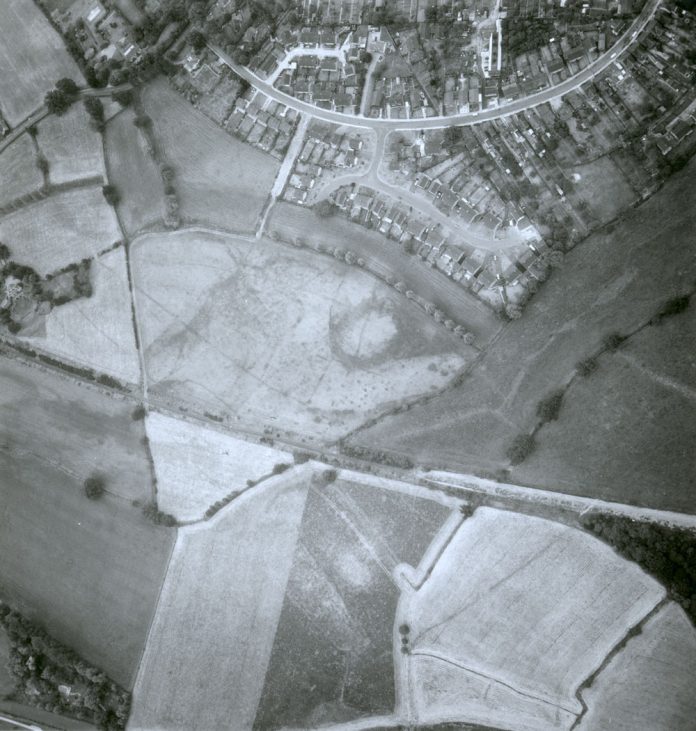The Late Iron Age, Roman and early Saxon settlement at Elms Farm, Heybridge, Essex was excavated in the mid-1990s, in advance of the construction of a large housing estate by Bovis Homes Ltd. The total development area comprised c. 29 hectares, of which some 18ha were subject to varying degrees of investigation by the Essex County Council Field Archaeology Unit (ECC FAU). The large-scale of the excavations is matched by the substantial and important artefact assemblage recovered, which included 6.4 tonnes of Late Iron Age and Roman pottery, 2,910 Roman coins and over 9000 animal bones.
Together this has enabled an appreciation of the development of the settlement over time and space, of the changing functions, status and economy of individual areas and the settlement as a whole, and the issues of transition, change and finally decline.
The site revealed evidence for activity from the Bronze Age to the post-medieval period. The evidence for the earliest settlement dates to the Late Iron Age period (mid 1st century BC) and is rather fragmentary in nature. However a centrally located shrine, with a series of strip-plots to the north and south were tentatively identified.
This settlement was remodelled around the mid 1st century AD, with the creation of a formal infrastructure of metalled roads, as well as a new temple precinct on the earlier sacred site and a reworking of the strip-plots into enclosures. This remodelling spanned the Late Iron Age/early Roman transition period, although the new road network is tentatively dated to the decade or two preceding the Roman conquest. To the north of the settlement area were a number of burials, pyre sites and pyre debris dumps.
Early Roman cremations were added to this area slightly later. Some of the pyre sites exhibit higher-status elements, and at least one may have been ‘aristocratic’, suggesting the presence of a local elite…..
To read the full open access article : http://intarch.ac.uk/journal/issue40/1/index.html
 This monograph (Volume 2) presents the stratigraphic descriptions and specialist reports of the Late Iron Age, Roman and Saxon material while the companion East Anglian Archaeology synthetic report monograph (Volume 1; Atkinson and Preston 2015) presents the synthetic discussion regarding the site. The prehistoric activity has been previously published in Britannia (Atkinson and Preston 2001) and the post-Saxon material (which is negligible) has been incorporated into the digital archive (Essex County Council 2015). Along with the digital archive, hosted by the Archaeology Data Service, it is hoped that all these dissemination strands form the basis for future research and re-interpretation.
This monograph (Volume 2) presents the stratigraphic descriptions and specialist reports of the Late Iron Age, Roman and Saxon material while the companion East Anglian Archaeology synthetic report monograph (Volume 1; Atkinson and Preston 2015) presents the synthetic discussion regarding the site. The prehistoric activity has been previously published in Britannia (Atkinson and Preston 2001) and the post-Saxon material (which is negligible) has been incorporated into the digital archive (Essex County Council 2015). Along with the digital archive, hosted by the Archaeology Data Service, it is hoped that all these dissemination strands form the basis for future research and re-interpretation.Source: Internet Archaeology

